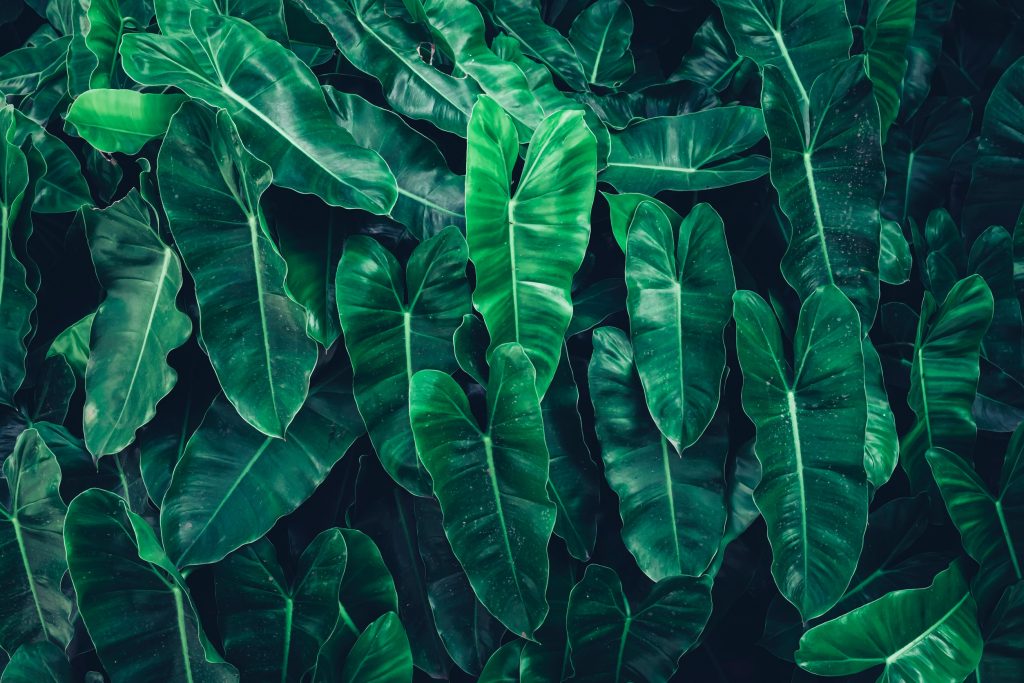Philodendrons come in a wide variety of different shapes, sizes, and colors. There are over 500 species, which come in two main types. Climbing/vining Philodendrons, such as the Heartleaf Philodendron, Philodendron Pink Princess, and Philodendron Micans exhibit long trailing vines when grown indoors. In their natural habitat, these vines often climb up supports, such as trees, rocks, and other plants reaching for bright sunlight. Certain species exhibit skototropism- growth towards shaded/ dark areas in order to locate taller plants to climb up! Alternatively, self-heading Philodendrons, such as the Philodendron Prince of Orange, Philodendron Birkin, and Philodendron Summer Glory grow upright on their own. They have thick, strong stems which support a bushier growth pattern. Native to the tropical rainforests of Central and South America, these plants are fast growers. They are toxic to both pets and humans. Ingestion will result in swelling of the lips and tongue, as well as stomach problems with possible vomiting.
Philodendrons thrive in bright indirect light. They can survive medium to low light conditions.
Water with filtered or rain water when soil is 50%- 75% dry.
Philodendrons do best in temperatures between 70-80°F, anything below 55°F may harm them. They will do best in humidity levels between 60%- 80%, but are tolerant of lower humidity environments.
Philodendrons are easy to propagate by stem cuttings. Cut a portion of the stem in between 2 nodes, and place it in water to develop roots. You can propagate using plantlets as well, but it’s best to be careful as division can be disruptive to the plant.
